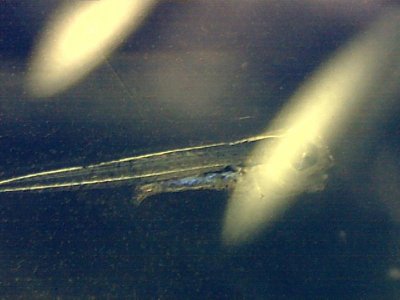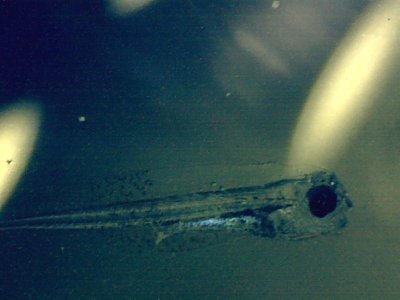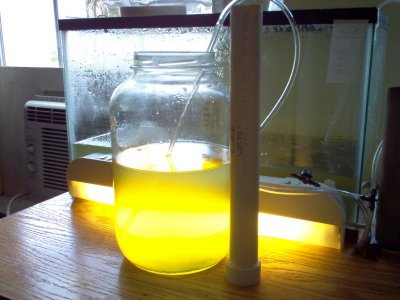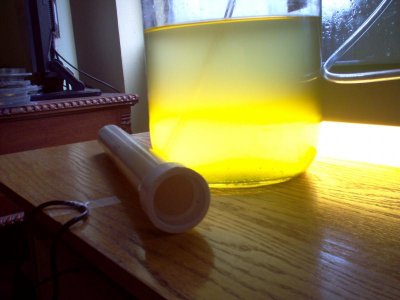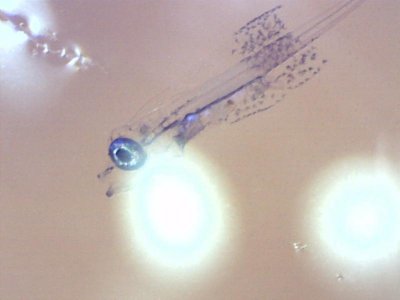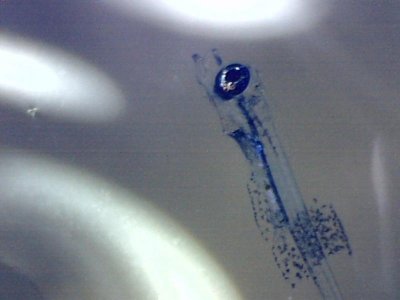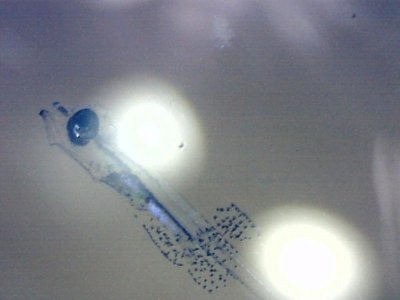Jasanden: That's a nice looking pair of Potters. You've had them for about a year now with no signs of spawning behaviour? Does the male chase the female close to lights out? Do they fight any? If I'm not mistaken Potters are found in deeper water then the Flames and might need a darkened area to help with the spawning response initially. Since yours have been in there for this long they might have become accustomed to the brighter environment. What sizes are they - approx. and how big were they when you got them and did they come as a pair or did you form them yourself? Questions, questions, questions....
No real spawning behavior that ive seen. they follow each other around grazing on the rocks most of the day occasionally going there seperate ways for some time. The male is about 3 1/4" and the female around2 1/4". They both have grown around 1/2" over the time ive had them. They did not come as a pair but were both purchased at the same time and acclimated together. They fought for about a week then just stayed away from each other for a while. After about 2 months they started hanging out together. My 120 is pretty heavily stocked so im thinking this could be an issue with spawning as well. Im soon switching things over to a new tank and may leave the potters in the 120 by them selves for a while to see what happens.

